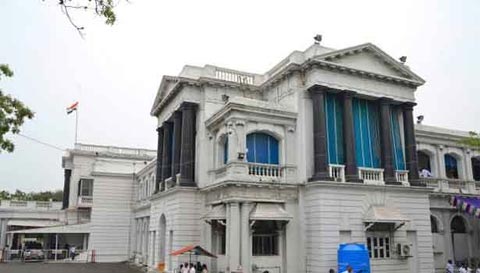Historical importance of Fort St George
Posted on: 06/Sep/2018 12:18:48 PM

Fort St George, one of the monumental symbols of Chennai reminds the British colonies that ruled the land, the building was a standing witness of many historical and political importance of the city. The construction of the building was completed in the year 1653 by the British East India Company. Later the ramparts are installed in the 18th century and the vast perimeter walls enclosed many structures meant for various usages. Now the building houses for the Tamil Nadu`s Legislative Assembly & Secretariat.
Within the fort there is St Mary�s church that was completed in the year 1680. This church has a pride feather in its cap with the tag of oldest surviving British church in the city. There are gravestones in the church dated back to the church itself as per the records. The Fort has a museum where the city�s origins and timelines are displayed merely as a memorial of art and culture in the European colonial times.
The first floor of the gallery has the portrait of Robert Clive who was married here. To the right side of the portrait Clive�s house was located as the neoclassical former Admiralty building.
The entire building acted as a center of power in the whole three centuries of British rule. Several battles, uprisings of the natives and other historical events took place in the building. The fort had faced many attacks from the French empire and also from Hyder Ali, the Sultan of Mysore. The area surrounding the fort was constructed for a purpose of small trade and then later converted into a hustling spot for the transportation and business of the British officials. This lead to the formation of White Town where the British and other Europeans lived around the fort. Natives from the land were cornered and forced to work for the colonial empires forming the Black Town as their living place.
Within the fort British constructed several iconic structures such as Wellesley House, St Mary�s Church and Fort Museum.







